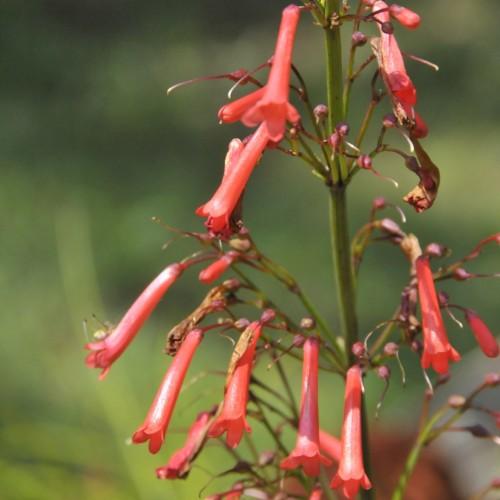
cape fuchsia
Phygelius x rectus
Cycle:
Perennial
Watering:
Average
Hardiness Zone:
10
Sun:
filtered shade,part sun/part shade
Soil:
Well-drained
Fruits:
Fruits Ready In Summer
Leaf:
Yes
Growth Rate:
High
Maintenance:
Low
Poisonous To Pets:
Yes
Indoors:
Yes
Care Level:
Medium
watering
Hybrid philodendron (Philodendron x hybrida) is a low-maintenance, drought-tolerant tropical plant. It should be watered once every 1-2 weeks, depending on the season and the temperature. The soil should be damp but not soggy, and it is important to avoid overwatering or underwatering. During the summer months, you may need to increase watering frequency to once every 5-7 days, while in the cooler months, you may be able to stretch the watering schedule to once every 10-14 days.
sunlight
Hybrid philodendrons thrive in bright, indirect sunlight. They need 8-12 hours of bright light a day, which you can provide by positioning the plants close to a south, east or west-facing window. If you are unable to provide enough sunlight in the home, you can supplement with artificial lights like a grow light. Make sure to limit the amount of direct sun it receives, as too much can damage the foliage.
pruning
Hybrid philodendron (Philodendron x hybrida) is a fast-growing and easy to care for plant that can be grown indoors or outdoors. Pruning is recommended to control its size, shape, and to encourage branching and new growth. Pruning should be done in spring or early summer using sharp pruning shears or scissors, removing no more than 1-third of the total foliar mass from each stem. Dead, diseased, or damaged leaves should be removed. Additionally, stems may be pinched and shaped to encourage branching, which will further promote new growth.
